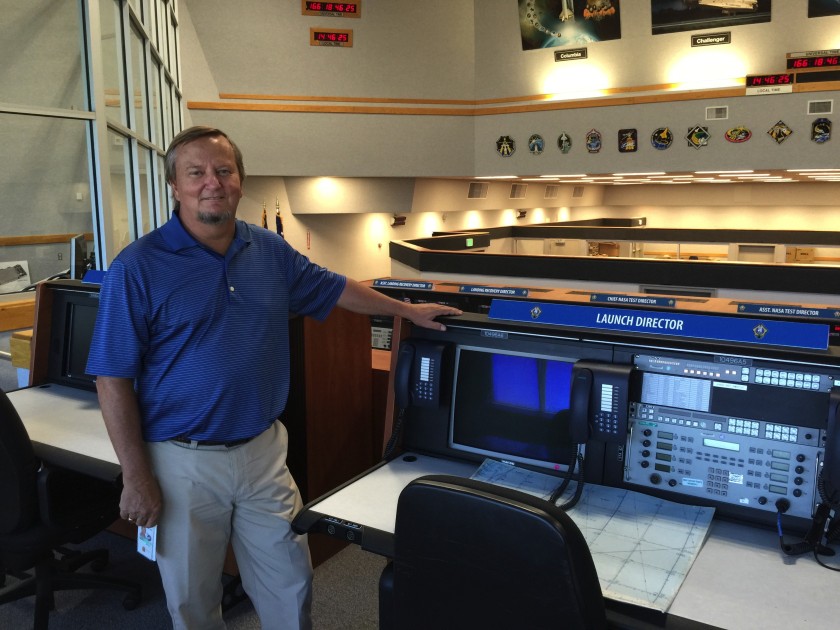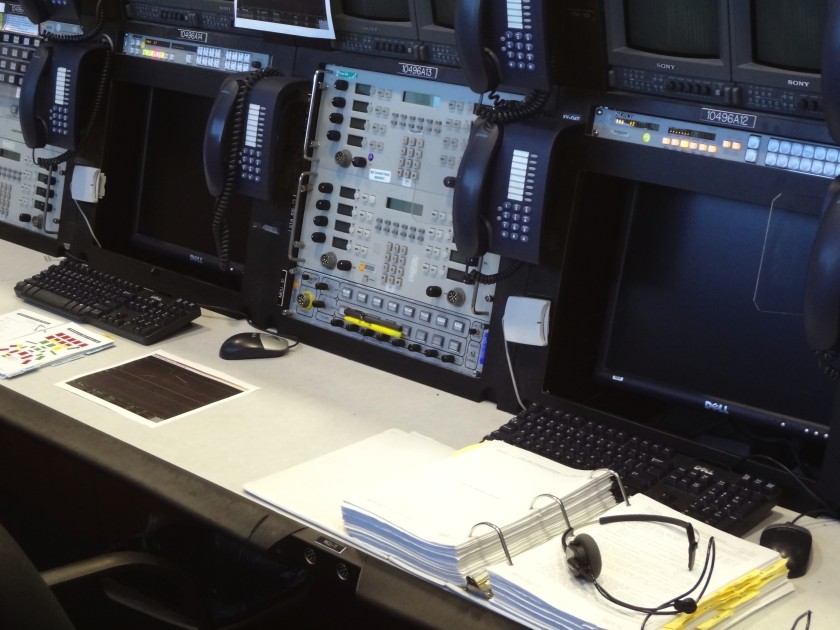One of the most positive outgrowths from the Columbia accident remains the Debris Loan Program. I have sung its praise in earlier posts, and for good reason. Another initiative underway has equal or greater positive potential.
Something more meaningful than studying the debris in order to design safer spacecraft? Yes. What about something to deal with some of the common root causes of America’s manned spaceflight accidents? To deal with them BEFORE they become big problems.
This is NASA’s Apollo Challenger Columbia Lessons Learned Program. (ACCLLP)
Never heard of it? That’s understandable, given its newness. But I hope that as it matures and gains traction within NASA, its value will be realized and its lessons made available even outside NASA organizations. The lessons NASA learned the hard way are widely applicable. Think about the value of open communications vs. stifled debate as just one example.
So what is the ACCLLP?
It’s a fully-funded and staffed NASA HQ initiative to teach all NASA and supporting organizations about the causes—and especially the common causes—of the three fatal accidents. And obviously, as the causes are discussed, the more important topic of their lessons learned are emphasized.
Back to open communications: Challenger and her crew were victims of stifled debate as surely as flawed hardware. Improvements to the hardware proved easier to implement than the organizational and cultural corrections based on that tough lesson learned. NASA improved its communications and management practices, but they eroded over the 17 years between Challenger and Columbia. We fell back into some bad habits: over-confidence, less hunger for fully understanding the potential for minor issues becoming major ones, and to a degree stifled debate. Columbia was victim to those practices just as surely as Challenger.
How does ACCLLP work and how can it help?
Mike Ciannilli (who I fondly call “Chachi”) is a former member of the shuttle launch team and one of the people who conducted aerial searches for Columbia’s debris. He created, developed, and now manages the ACCLLP for NASA and is 100% dedicated to its success. Mike has developed lessons learned programs and “teaches” them to the workforce at KSC and other centers. He routinely conducts tours of the Columbia Preservation room in the Vehicle Assembly Building each week. These reach a wide array of folks across all NASA Centers and missions, including civil servants, contractors along with the brand new commercial crew workforce—even NASA Space Act partners such as NASCAR. Mike ensures that these tours powerfully emphasize the lessons of the past and present, and their direct impact to the future.

Mike is also creating the Agency’s largest lessons learned library with teaching materials from NASA and other organizations. It is the agency’s best advocate to not ignore or forget the past, but rather to learn from it.
A traveling road show took some key pieces of Columbia’s debris to the NASA Centers over a decade ago. Word has it that Chachi is creating a brand new and really cool concept to bring Columbia herself to the masses as we speak. Fireside chats featuring ‘graybeards’ talking about Apollo 1, Challenger, Columbia have been held to full houses and garnering outstanding reviews. And other concepts to discuss lessons learned are being developed to help spread the word, including videos that would be made widely available. Mike is overloaded with requests, and loves it!
So if you’re currently involved in manned spaceflight (or unmanned spaceflight for that matter) and want to know more about this extremely positive outcome of NASA’s three fatal accidents, look up Mike. He’s based at KSC and would love to have you and your organization exposed to his work. I promise you’ll not only be impressed with his enthusiasm, but the lessons learned will be applicable and valuable for your people. There’s no doubt.






 The Crawler-Transporter (CT), built for Apollo, went in only one direction: forward. Forward toward the pad, and forward toward the VAB. What? The CT had two control stations—one on the east face, one on the west face. It was from either of these “cockpits” that the crew drove the vehicle. There was no way to turn that mammoth vehicle around on the crawlerway. To go the other way, you’d just stop, get out of the western control cab en route to the VAB, get into the eastern cab, and then start driving again, this time toward the pad.
The Crawler-Transporter (CT), built for Apollo, went in only one direction: forward. Forward toward the pad, and forward toward the VAB. What? The CT had two control stations—one on the east face, one on the west face. It was from either of these “cockpits” that the crew drove the vehicle. There was no way to turn that mammoth vehicle around on the crawlerway. To go the other way, you’d just stop, get out of the western control cab en route to the VAB, get into the eastern cab, and then start driving again, this time toward the pad.




